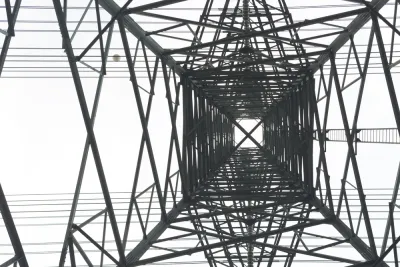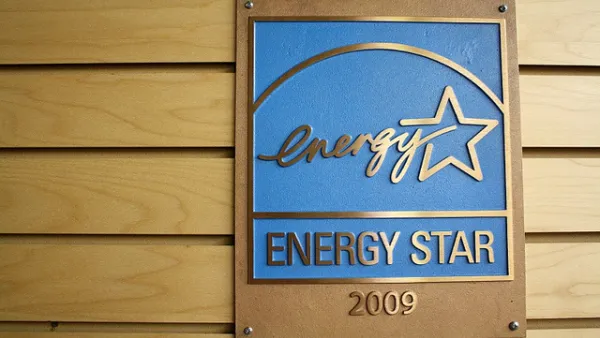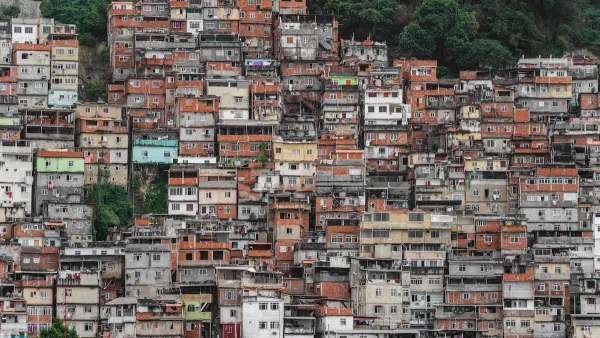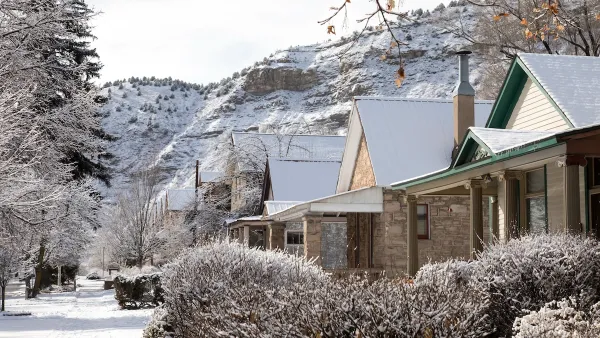Preventing electricity losses makes power generation more efficient. Those efficiencies translate into lower emissions.

A report published in Nature shows improvements in the world electrical grid to slow the progress of climate change. "In a new study, Jordaan and Surana estimate that energy lost in the grid results in the release of nearly a billion tons of extra carbon dioxide equivalents into Earth's atmosphere each year," Nala Rogers reports for Inside Climate. After energy is produced, it must travel to the place where it will be put to use. Much of the world’s energy is lost before it gets to the place it's needed. Existing technology could be used to improve grids and curb those losses that improvement in efficiency could translate into a big cut in the amount of carbon dioxide released into the atmosphere.
The problem of grid efficiency exists in the developing world and in the developed world, but the characteristics of grid efficiency vary by geaography. While countries like Haiti and Iraq lost an estimated half of their power before it was delivered, countries like the United States consume a much greater amount of power so small improvement translate into huge efficiencies. "For example, the U.S. lost about 6% of its power in 2016. The study suggests that by reducing those losses to 3.2%, Americans could cut their greenhouse gas emissions by about 29 million metric tons per year -- more than the total yearly emissions of Lebanon," Rogers reports.
The study is the first of its kind, and while some have challenged the scale of possible savings, even the study's critics were quick to concede the importance of the issue. The study's authors contend the estimates are conservative given the scale of the issue.
FULL STORY: Improving Electrical Grids Could Help Protect the Climate

National Parks Layoffs Will Cause Communities to Lose Billions
Thousands of essential park workers were laid off this week, just before the busy spring break season.

Retro-silient?: America’s First “Eco-burb,” The Woodlands Turns 50
A master-planned community north of Houston offers lessons on green infrastructure and resilient design, but falls short of its founder’s lofty affordability and walkability goals.

Delivering for America Plan Will Downgrade Mail Service in at Least 49.5 Percent of Zip Codes
Republican and Democrat lawmakers criticize the plan for its disproportionate negative impact on rural communities.

Test News Post 1
This is a summary

Test News Headline 46
Test for the image on the front page.

Balancing Bombs and Butterflies: How the National Guard Protects a Rare Species
The National Guard at Fort Indiantown Gap uses GIS technology and land management strategies to balance military training with conservation efforts, ensuring the survival of the rare eastern regal fritillary butterfly.
Urban Design for Planners 1: Software Tools
This six-course series explores essential urban design concepts using open source software and equips planners with the tools they need to participate fully in the urban design process.
Planning for Universal Design
Learn the tools for implementing Universal Design in planning regulations.
EMC Planning Group, Inc.
Planetizen
Planetizen
Mpact (formerly Rail~Volution)
Great Falls Development Authority, Inc.
HUDs Office of Policy Development and Research
NYU Wagner Graduate School of Public Service





























